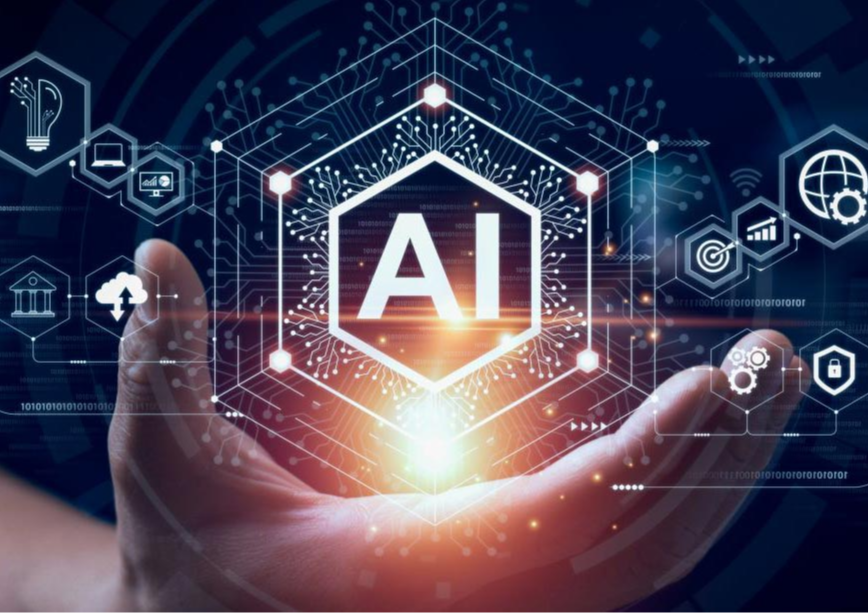Renewable energy reaches the forefront of combating climate change and reducing our dependence on fossil fuels. As the planet pushes for clear energy alternatives like wind, solar, and hydropower, an important concern arises in effectively controlling and optimizing these energy sources. This really is wherever Artificial intelligence (umela inteligence) steps in, transforming renewable energy techniques through revolutionary solutions.
Smarter Power Forecasting with AI
Among the critical issues in alternative power is their variability. Solar power depends upon sunlight, while breeze energy varies with breeze patterns. AI-driven predictive analytics are revolutionizing exactly how we estimate these fluctuations. By examining historical temperature knowledge, satellite symbolism, and real-time climate designs, AI algorithms can accurately anticipate power generation.

These insights allow energy services to raised make for adjustments in source and demand, minimizing wastage and ensuring that the grid operates seamlessly. For example, increased temperature prediction types may forecast solar energy result days beforehand, enabling more effective power distribution.
Optimizing Energy Storage Systems
Power storage is essential for alternative power programs, as surplus power created all through top manufacturing intervals often goes unused. AI methods may improve storage programs by predicting power application designs and deciding the absolute most effective situations to store and release energy.
Through equipment understanding practices, AI enhances battery lifetime and performance, significantly lowering prices for energy suppliers and customers alike. That ensures that located renewable power is available when demand surges, such as for example all through evening or dark and windless days.
Wise Grid Administration
AI represents a pivotal role in making clever grids that conform to adjusting power problems in actual time. These grids use AI to monitor power flow, find inefficiencies, and redirect energy throughout the system to places with larger demand. This reduces power breakdowns and decreases power reduction, making renewable energy integration into existing grids more practical.
With one of these dynamic methods, power vendors can seamlessly incorporate diverse green options like wind facilities and solar arrays, ensuring stable and trusted energy delivery.
Increasing Preservation and Procedures
AI-powered methods will also be transforming the procedures and preservation of renewable power systems. Predictive maintenance formulas can analyze information from receptors on equipment like wind mills and solar cells to identify possible dilemmas before they escalate.

For example, AI may predict when a turbine part will probably fail centered on environmental factors and utilization habits, letting companies to execute preservation proactively rather than reacting to malfunctions. This approach reduces downtime, decreases repair costs, and raises over all energy creation efficiency.
Accelerating the Transition to a Sustainable Potential
Artificial intelligence is important to the growing green energy sector. By improving forecasting, storage, grid administration, and preservation, AI pushes efficiency and reliability. As engineering evolves, AI's integration in to green power systems will truly increase the change to a solution and more sustainable energy future.
